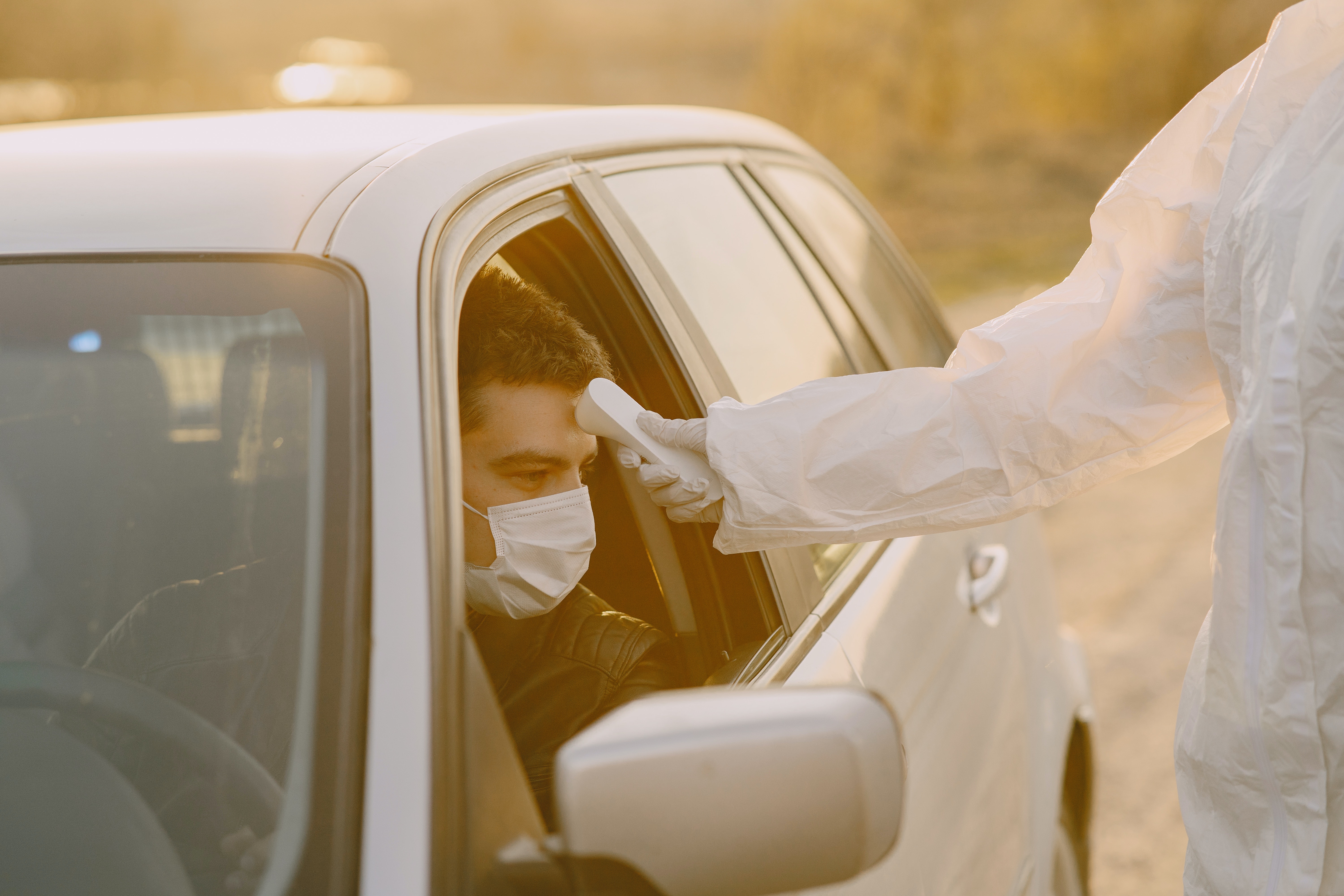A couple months ago, educators were forced to make a rapid change to their teaching styles. And students had to make almost a 180 degree shift in their learning, even if they were just a few months away from earning a diploma. Now, we are stepping into the 2020-2021 school year, and the Coronavirus is still at large. With new cases being reported everyday, many states in America have decided to use online schooling to accommodate quarantine and social distancing measures; others have chosen to attempt traditional in-person schooling. These being the two main options, states have gone with different approaches. Which states are doing what? We have answers!
Traditional Learning/Hybrid Models
Rhode Island Gov. Gina Raimondo announced that most public school districts in RI will be permitted to resume in-person instruction when schools reopen for the 2020-2021 school year. Texas, Florida, Iowa, Missouri, and Arkansas all have similar plans to reopen schools at least part-time. Missouri is going to require students to be in school at least two days a week, while Florida is currently requiring all brick-and-mortar schools to be open 5 days a week. FL Education Secretary Johnny Key issued a statement that requires districts to offer in-person instruction five days a week when classes resume. Gov. Reynolds of Iowa ordered every student to spend at least half of their schooling inside classrooms. School districts must also provide online classes for parents who demand it.
Remote Learning
Other states have given the freedom to individual districts to choose what is best for their specific area. Given this freedom, many districts have chosen to start with remote-learning then ease into a hybrid model (example: public schools in DC will continue distance learning until at least the end of the first term). Arizona, Colorado, and Indiana are all examples of states in which individual districts will make the decision based on infection rate and input of local health authorities. As started on August 19, Arizona school districts were required to provide on-site learning opportunities for students who did not have access to an educational environment. Colorado has a similar plan to look closely at the numbers and take action from there, CNN reports “The reopening guidance for schools put out by the state recommends that districts have a variety of plans in place in addition to in-person classes, including teaching students in small groups and through distance learning.” Indiana State Governor Eric Holcomb allowed schools to reopen in July, but left it up to the districts to set their own academic plan.
Each state has a different plan in place to continue educating its students during the pandemic. In the end, all we can ask for is a good education for our nation’s students, and for each and every school district to provide such opportunities. We may come across difficulties as we continue down this road, but everyone deserves an education and we cannot leave any child behind.
CDC
Covid-19 Public Health Measures
Everyday, new measures are being taken in our world in an effort to fight Covid-19. Our lives are much different now, whether it be the apparel we are instructed to wear to work, or the new skills/hobbies we have started from being inside all day. One thing to note is the changes individual countries have made in the past few months. Clearly, some are more effective than others. While having any cases at all is a shock to the people of New Zealand, it is considered to be a “good” day if only a couple hundred cases are documented in the United States. Here are some of the measures being taken by our allies and neighbor, and their effectiveness during a Pandemic:
New Zealand
The country’s first outbreak in over 100 days came as a shock to both citizens and authorities of New Zealand. The government’s swift and seemingly effective tactics were interrupted by an outbreak of the virus in early August. However, the public health response was just as swift and decisive, and the country continues with a strategy to eliminate the virus altogether. The outbreak was located in Auckland; the region has been put on alert level 3 while the rest of the country stays at alert level 2. Though there has been an outbreak, it should not suggest that an elimination strategy isn’t possible. Epidemiologist, Amanda Kvalsvig, claims that “We expect to move in and out of elimination for the foreseeable future.” So we must ask: what is New Zealand doing right? Kvalsvig says “We’ve been fortunate to have outstanding political and scientific leadership in New Zealand. This has generated rapid and decisive action to protect population health. A key element of New Zealand’s response has been excellent communication with the public about what is happening and what is expected of them.
France
Infection numbers in the country were headed “the wrong way” claims France’s prime minister. This is what caused France to be put on the Uk’s quarantine measures in an attempt to combat Covid-19. Transport Secretary Grant Shapps said the decision was made when the infection rate in the affected countries exceeded 20 cases per 100,000 people over seven days. Shapps told BBC Breakfast, “We’ve worked so hard in this country to get our level of infections down, the last thing we want to do is have people returning and bringing the infection with them. It’s to protect everybody.” While these measures are rightfully being taken, it is causing disruption in people’s lives; particularly British holidaymakers vacationing in France. Additionally, the rush to get back home has skyrocketed the price of plane tickets. Previously £66, some flights to the Uk from Paris are now over £450. The UK’s prime minister Boris Johnson promised to be “absolutely ruthless” when deciding the rules for holidaymakers from abroad; he claims “We can’t be remotely complacent about our own situation. Everybody understands that in a pandemic you don’t allow our population to be re-infected or the disease to come back in,”.
Canada
Though Canada’s infection numbers are not perfect, they are still faring better than their neighboring country, the United States. Their hospital preparedness was key in their strategy to fight Covid-19 as most of Canada’s largest hospitals were prepared for a large wave of Coronavirus patients. The initial worry in April was around their lack of protective gear, but the country has since upped their production rate. CNBC says “Prime Minister Justin Trudeau noted that Canadian companies are producing so much PPE to fight Covid-19 that the country is almost at the point of being self-sufficient.” Another way they have kept the virus under control is by travel ban. On March 20, Canada announced a travel ban for visitors from the US. The ban has few exceptions, the main ones being: healthcare workers, foreign workers, and people with immediate family in Canada. Overall, Canada has done a good job of keeping the virus under control while still maintaining a well functioning country.

COVID19 TODAY–WHAT HAS CHANGED?
Eight months down with COVID19 cases surpassing 4.5 million in the US, it seems like the virus is not slowing down. Researchers warned about the second wave of the virus with the government not heeding the advice against opening the country’s doors too quickly. Current forecasts of death tolls have increased to 173,000 by Mid-August from the previous estimation of 164,000. Although cases are declining in some parts of the world, in many parts of the United States it is continuing to rise.

ROLE OF IMMUNE-BASED THERAPY IN COVID-19
The immune system plays a very crucial role in battling the global pandemic. As the pandemic continues, more research on the role of our immune system and how COVID-19 affects it is documented. Current treatment protocols under clinical study includes immune based therapy amongst the many.

SIX MONTHS AFTER—WHERE DOES COVID19 STAND?
Six months into the pandemic, COVID19 numbers are seen to be continually increasing. Currently there are 8.4 million people infected worldwide with 440,000 deaths. In the United States alone, there are 2.2 million Americans that have been affected with 117, 873 deaths.

THE STORY BEHIND THE MASK SHORTAGE
From supply chain issues causing mask shortage to counterfeit production— where did it all go wrong?

COVID19: What exactly is the “new norm”
It has been approximately 6 months since the outbreak of the Coronavirus in Wuhan, China. With over 3 million cases worldwide and 200,000 deaths, the effects of the virus have no plans on stopping soon.
